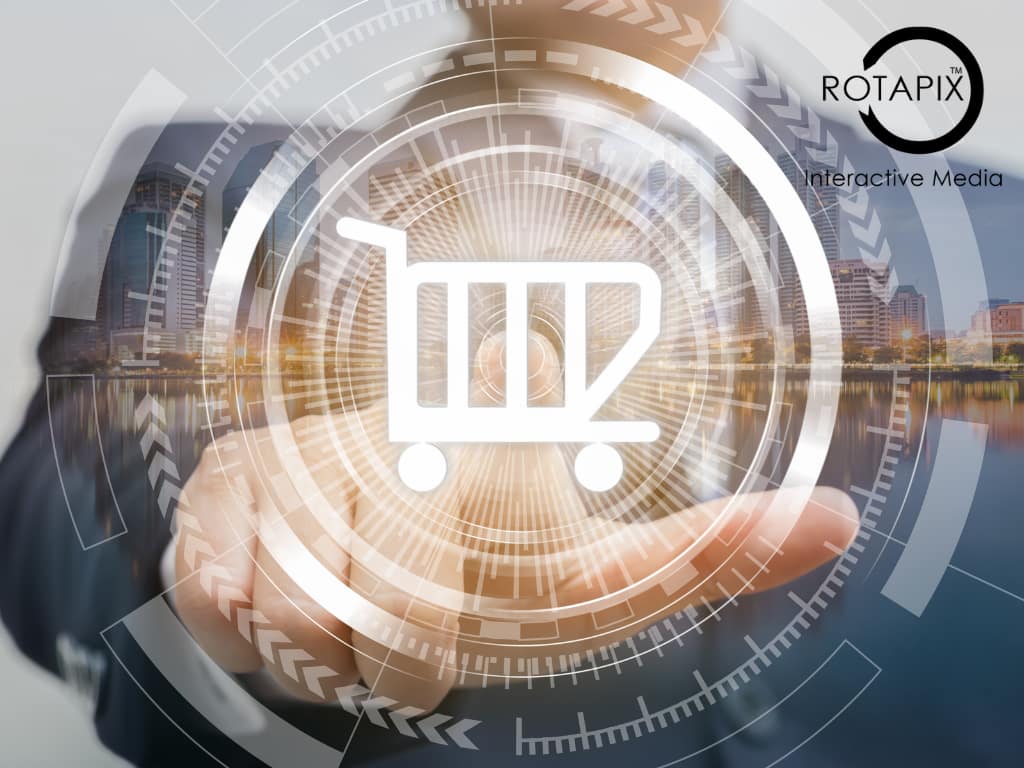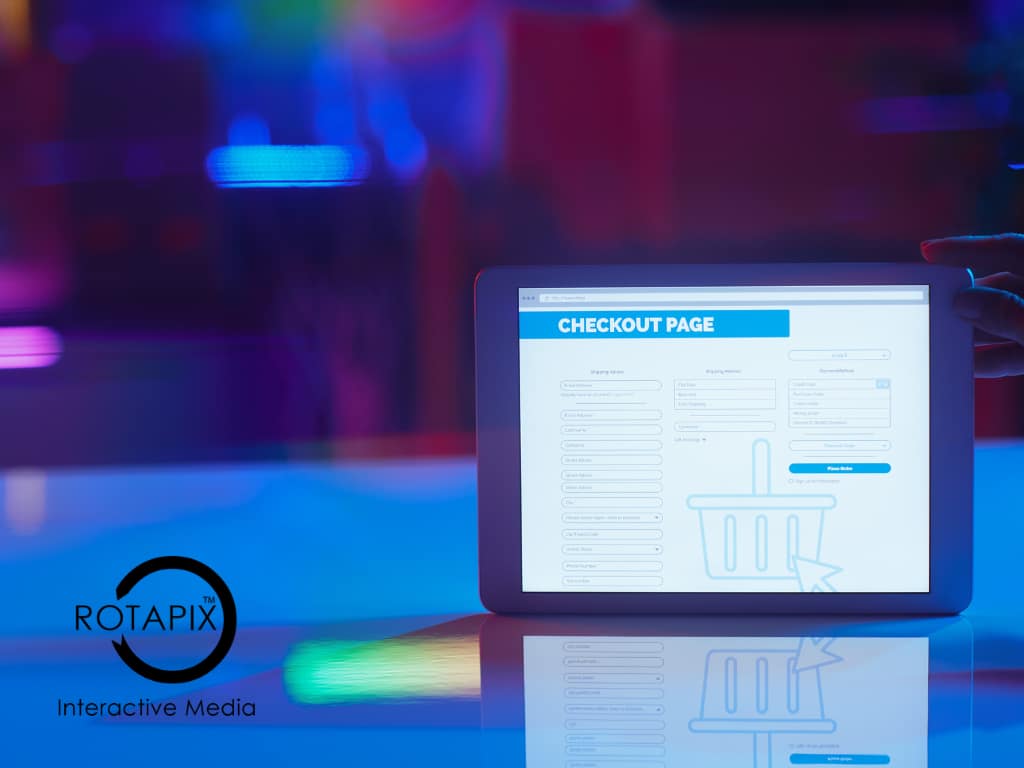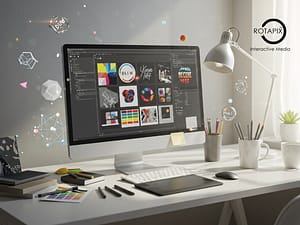Product returns are a significant challenge for many ecommerce businesses. High return rates affect both profitability and customer satisfaction. When customers return products, businesses face additional costs, including shipping fees, restocking, and potential loss of sales. Returns also negatively impact the customer experience, especially when the product doesn’t meet their expectations in terms of size, style, or quality. This problem is particularly common in industries like fashion, furniture, and electronics, where customers often rely on photos and descriptions to make purchasing decisions.
How AR Ecommerce Can Reduce Product Returns
AR ecommerce is emerging as a powerful solution to reduce product return rates. By integrating augmented reality into online shopping platforms, customers can see products in their own space before making a purchase. This technology allows them to better understand how a product looks, feels, and fits into their lives, ultimately leading to more informed decisions. With AR, customers can virtually try on clothing or see how a piece of furniture fits into their living room. This enhanced experience significantly reduces the chances of product dissatisfaction and, consequently, returns.
The Role of an Augmented Reality Website in Product Visualisation

Enhancing Customer Confidence with an Augmented Reality Website
An augmented reality website is a game-changer for ecommerce businesses looking to improve customer confidence. When shopping online, one of the biggest challenges for customers is visualising how a product will look in real life. Will that chair fit in the living room? Will the colour of that dress match my shoes? AR solves these issues by allowing customers to place virtual products in their environment or even try them on.
By offering customers the ability to see products in their real-world settings, an augmented reality website ensures that customers feel more confident in their purchases. This leads to fewer surprises and reduces the need to return products that don’t meet expectations.
Real-Life Examples of AR Product Visualisation
AR has already proven effective in several industries. For example, in fashion, customers can virtually try on clothes to see how they fit and look on their bodies before purchasing. Furniture retailers use AR to let customers place virtual furniture in their homes, ensuring the size, colour, and style are exactly what they need. These real-life applications of AR show how ar ecommerce is reducing the mismatch between customer expectations and reality, which is one of the leading causes of returns.
How AR Ecommerce Solves Common Reasons for Returns
AR Reduces Uncertainty in Sizing and Fit
In industries like fashion and furniture, sizing and fit are common reasons for product returns. Shoppers often receive items that are either too big, too small, or simply don’t look the way they envisioned. With ar ecommerce, customers can virtually try on clothes or place furniture in their homes to get a true-to-life understanding of size and fit. This interactive experience removes much of the guesswork and helps ensure that the product will meet the customer’s expectations.
Accurate Colour and Style Representation Through AR
Another common reason for returns is that the product’s colour or style doesn’t match what the customer saw online. Photos can be misleading due to lighting conditions, screen resolutions, or poor image quality. However, AR technology addresses this issue by providing accurate, real-time representations of colours and styles. Customers can see how a product looks under different lighting conditions and in various environments, making it easier to select the right product the first time.
The Importance of Web Design in Sydney for AR Ecommerce Success
How Web Design in Sydney Supports AR Integration
When implementing ar ecommerce, the role of professional web design in sydney cannot be overstated. To create a seamless AR shopping experience, ecommerce platforms need to be designed with user-friendliness and functionality in mind. Expert web design in sydney services ensure that AR features are easily accessible, intuitive, and fast-loading, providing a smooth shopping journey for customers.
A well-designed website makes it easy for users to interact with AR features, such as virtual try-ons or 3D product models, which can be viewed from every angle. The ease of use encourages customers to explore more products and make confident purchasing decisions, reducing the likelihood of returns.
The Need for Responsive Design in AR Ecommerce
A critical component of successful AR ecommerce is ensuring that the augmented reality website is responsive across all devices—whether customers are shopping on a desktop, tablet, or smartphone. With mobile shopping on the rise, having an optimised, mobile-friendly AR experience is crucial. This is where web design in sydney professionals come in, ensuring that AR features perform flawlessly on all screen sizes and platforms.
The Role of Prompt Engineering in Enhancing AR Ecommerce
Leveraging Prompt Engineering for Accurate AR Interactions
Prompt Engineering plays a pivotal role in fine-tuning the user experience in ar ecommerce by creating seamless, accurate AR interactions. It ensures that when customers interact with augmented reality features, the process feels natural and intuitive. For instance, in a fashion ecommerce store, Prompt Engineering can guide the customer to virtually try on a shirt by positioning it correctly on their body using AR. These prompts help users navigate the technology with ease, minimising the learning curve and ensuring they experience the full benefits of the augmented reality website.
By leveraging Prompt Engineering, businesses can offer more precise AR interactions, enabling customers to engage with products in a way that feels realistic. The precision of these AR interfaces reduces errors, enhances product visualisation, and leads to better customer satisfaction—all contributing to fewer product returns.
How Prompt Engineering Optimises User Experience in AR Ecommerce
One of the key advantages of Prompt Engineering is how it enhances the user journey in ar ecommerce. By embedding thoughtful prompts throughout the shopping experience, Prompt Engineering helps guide customers through their AR interactions, ensuring they know how to engage with the features without confusion. These prompts can include suggestions like “Rotate the product for a 360° view” or “Use AR to place this furniture in your room.”
This level of user guidance improves the overall shopping experience, making it easier for customers to understand product dimensions, colours, and other important attributes. The result is a more engaging, interactive experience, which ultimately reduces the chances of customers purchasing something they don’t want or need to return.
Benefits of AR Ecommerce for Customer Retention
Building Trust Through AR-Enhanced Shopping Experiences
AR ecommerce is revolutionising the way customers shop by offering transparency and clarity in product details. When customers use AR to visualise products in their own space or try them on virtually, they gain a better understanding of what they are buying. This transparency fosters trust between the customer and the business. Customers are more likely to feel confident in their purchase when they can clearly see how a product will look and function in real life.
How Fewer Returns Lead to Greater Customer Loyalty
Reducing product returns through ar ecommerce has a direct impact on customer loyalty. When customers experience a seamless shopping journey with few or no returns, their satisfaction increases. Satisfied customers are more likely to return to the same ecommerce store for future purchases, thus fostering long-term loyalty.
Additionally, businesses that reduce return rates are seen as more reliable and efficient. The less hassle customers face with returns, the more likely they are to trust and recommend the brand to others, further improving customer retention rates.
Future Trends in AR Ecommerce for Reducing Product Returns
How AR Will Continue to Evolve in Ecommerce
The future of ar ecommerce holds exciting potential, particularly in reducing product returns. Emerging technologies, such as AI-driven AR and machine learning, are expected to take AR to the next level. These innovations will make product visualisation even more accurate, helping customers make more informed decisions.
For example, future AI-powered AR could help customers visualise clothing that automatically adjusts to their body shape or recommend the right furniture size based on room dimensions. As AR continues to evolve, ecommerce businesses can look forward to even more precise product representations, further minimising the risk of returns.
The Role of Web Design in Sydney and AR Development
As AR technology advances, so does the demand for skilled web design in sydney services that can integrate these features into ecommerce platforms. The success of an AR-enabled shopping experience relies on smooth, responsive design that caters to customers on various devices. Web design in sydney experts will play an integral role in developing AR platforms that are not only functional but also visually appealing and user-friendly.
Why AR Ecommerce Is Key to Reducing Returns
Summarising the Role of AR in Reducing Returns
Ar ecommerce, powered by an augmented reality website, Prompt Engineering, and expert web design in sydney, is proving to be a game-changer in reducing product returns. AR technology provides customers with a clearer, more interactive understanding of products, helping them make better purchasing decisions. By eliminating uncertainties around size, colour, and fit, AR minimises dissatisfaction and reduces the need for returns.
Encouraging Businesses to Invest in AR Ecommerce
For ecommerce businesses looking to improve customer satisfaction and reduce return rates, investing in AR is a smart move. The combination of AR features, expert prompt engineering, and responsive web design creates a seamless shopping experience that not only attracts customers but keeps them coming back. Now is the time for businesses to explore ar ecommerce solutions and take advantage of the growing demand for enhanced product visualisation in online shopping.g











